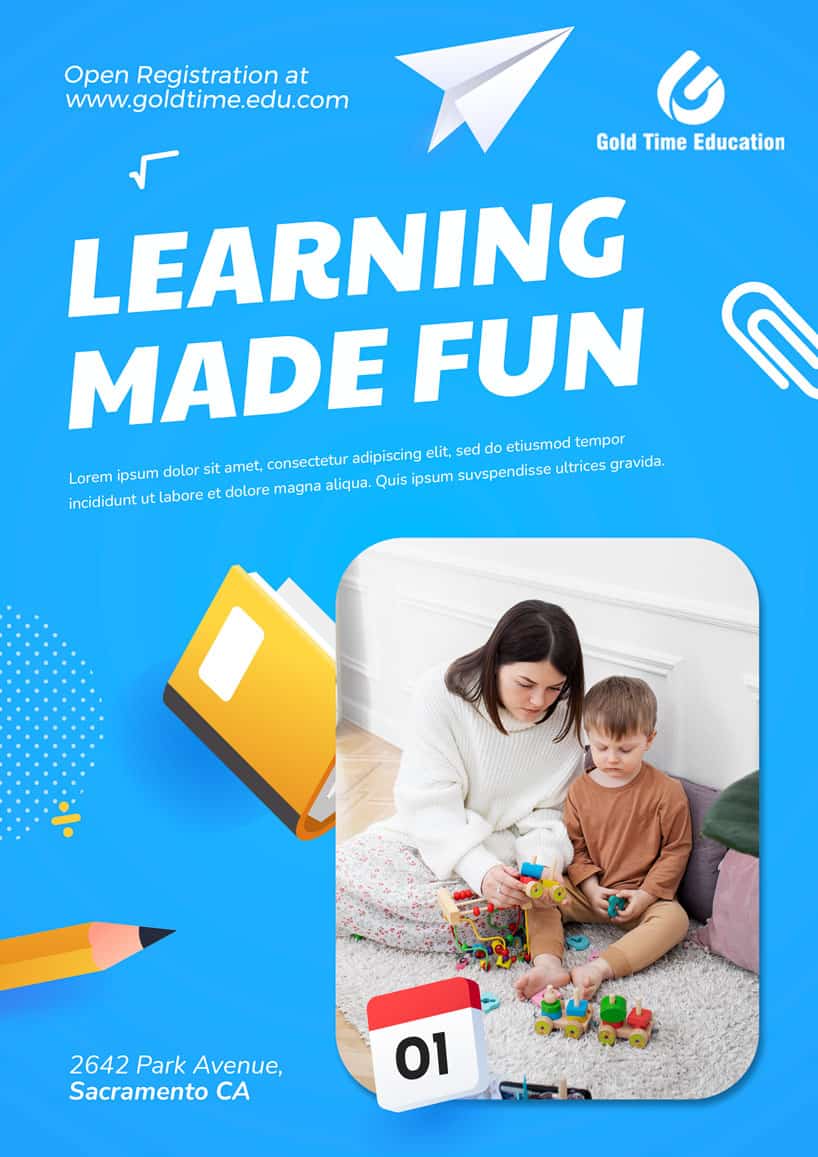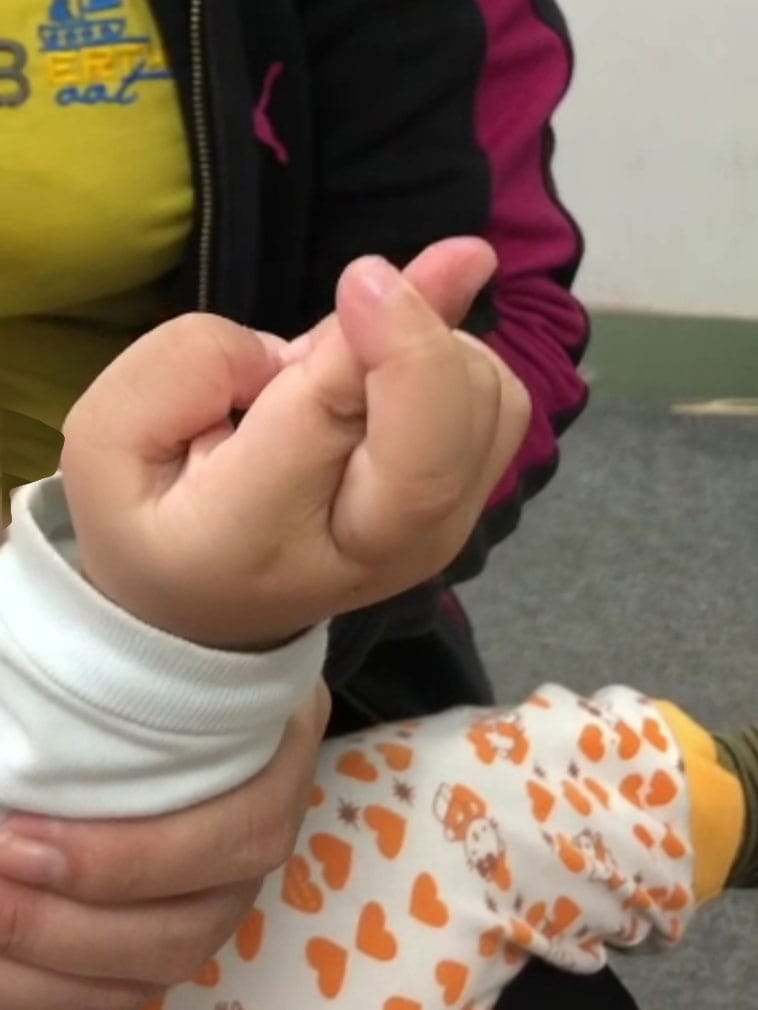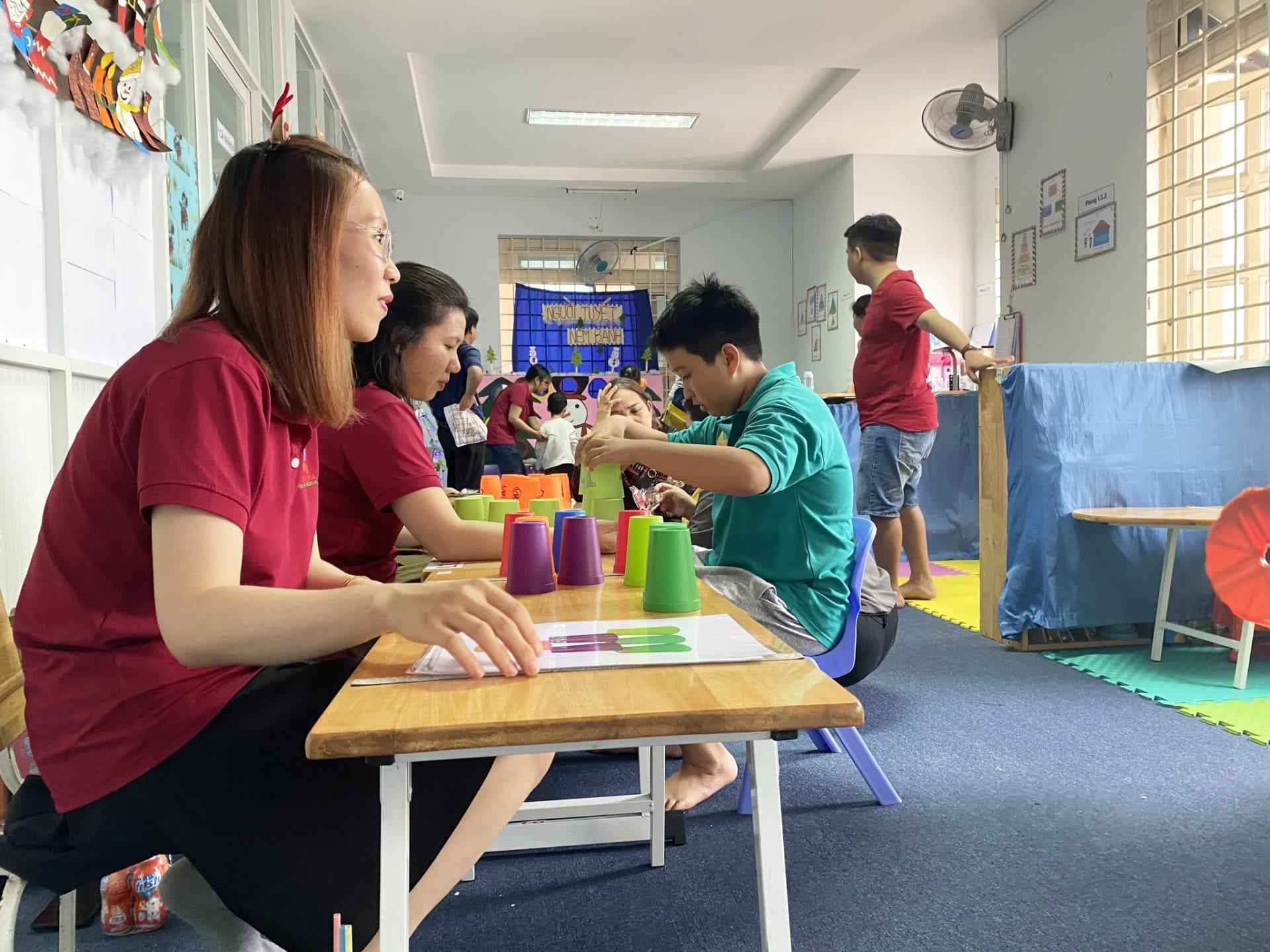What is language delay?
Language delay in children is a condition where a child lags behind in reaching language development milestones, including language comprehension and expression. Children may have difficulty understanding speech, responding to others’ speech, speaking slowly, not being able to string words into sentences, having a limited vocabulary, and expressing themselves clumsily. Typically, a child is considered to have a language delay if by the age of 2, they have not yet spoken around 50 single words or have not formed two-word phrases.

Children with language delays often have difficulty understanding speech
Language delay in children affects approximately 20% of the population. Most children will catch up in their language development by the age of 4 if they receive early and proactive intervention. However, some children may still face language difficulties after the age of 4, thus requiring long-term intervention.
Some risk factors for language delay include:
1. Boys are affected more than girls, with a ratio of about 3 to 1.
2. Family history of language delay (parents, siblings).
3. Premature birth, low birth weight, or birth complications.
Symptoms of children with delayed language development
Language delay can occur in isolation in children or it can be one of many symptoms of communication disorders and other developmental disorders. Therefore, parents should be attentive to identifying other accompanying abnormalities, including:
1. Abnormalities in facial structure or articulation organs.
2. Child’s ability to understand: Lack of response to sounds, inability to understand speech or commands. Children may need to undergo hearing tests in cases of language development abnormalities.
3. Deficits in communication skills and social interaction: Limited responsiveness, reduced eye contact, aloofness, reluctance to play with peers, inability to express concerns or share interests, lack of gestures such as pointing, waving, nodding/shaking head…
4. Unusual behaviors: Hand flapping, unusual hand movements, toe-walking, spinning, excessive fixation on an object or event…
5. Hyperactivity, difficulty sitting still, inability to maintain attention for a few minutes.
6. Unexplained and frequent outbursts of anger, intense in nature.

Children need to have their hearing tested in cases of abnormalities in language development
What should parents do when their children have delayed language development?
Detecting signs of language and communication delay in children early on will lead to better treatment opportunities. Therefore, when parents notice any of the abnormalities mentioned above, it is important to promptly take the child to reputable healthcare facilities. This allows for comprehensive assessment of the child’s developmental skills, identification of potential causes or factors affecting the child’s language, and necessary psychological assessments to be conducted.
Some guidelines for language development in children
Playing with children is the best way to help them learn language. Through interactive play activities with parents or other children, children will mimic pronunciation, express desires, and understand others’ requests. While playing, parents should try to do the following:
1. Express in words what the child is doing or interested in, or what you are doing or interested in, to provide a rich verbal environment for the child. Try to speak slowly, clearly, in short sentences, and emphasize key words. For example, “push the car,” “open the door”…
2. Model the words you expect the child to pronounce. For example, “open it,” “mommy take it”… Praise any pronunciation effort from the child, even if the words are not clear.
3. Limit commands. Too many commands or questions can confuse the child and lead to refusal to speak. For example, instead of asking “say ‘flower’,” say “look at this, flower.”

Children with language delays will often not cooperate with commands
- Here are some choices you can offer and wait for the child to react with gestures or sounds:
- “Do you want to play with the blocks or the puzzle? Blocks. Puzzle.”
- “Which toy do you want to play with, the car or the teddy bear? Car. Teddy bear.”
- “Would you like to wear the red shirt or the blue shirt today? Red shirt. Blue shirt.”
- “Do you want milk or juice? Milk. Juice.”
- “Would you like to draw with crayons or paint with brushes? Crayons. Brushes.”
Read books or talk to the child regularly as part of everyday activities.
ày.
ThS.BS Nguyễn Mai Hương – Phó trưởng khoa Tâm thần
Trà My – Phòng Thông tin điện tử








